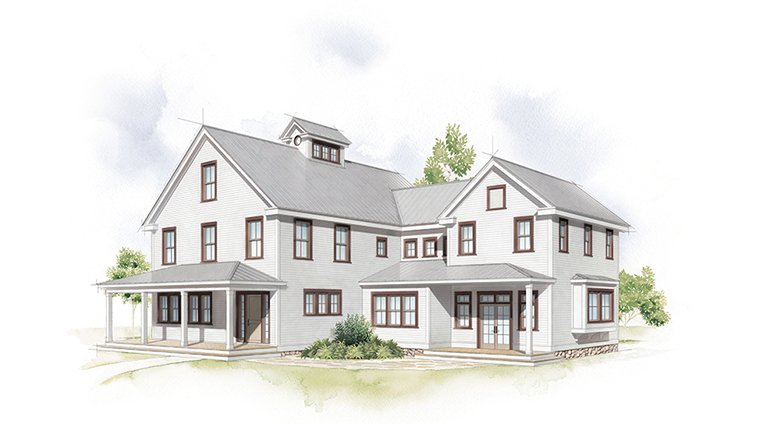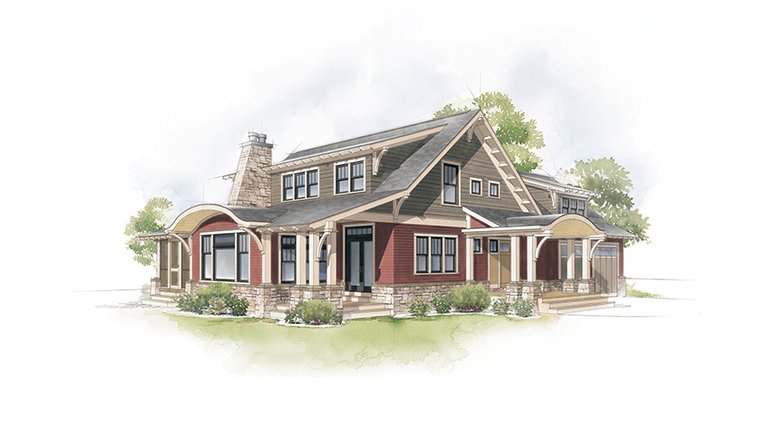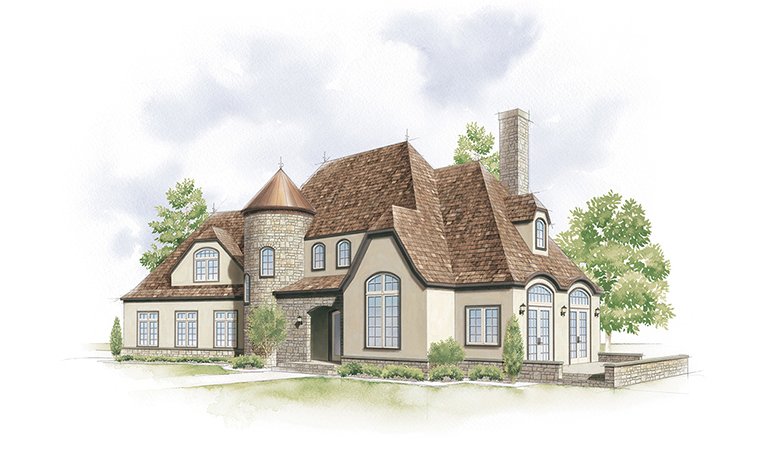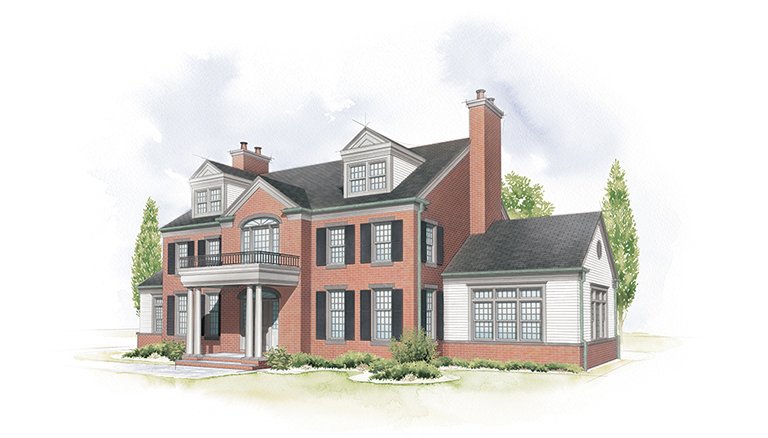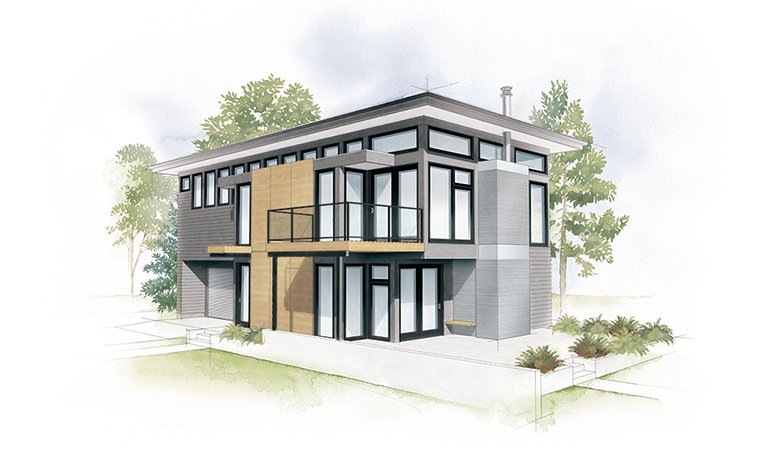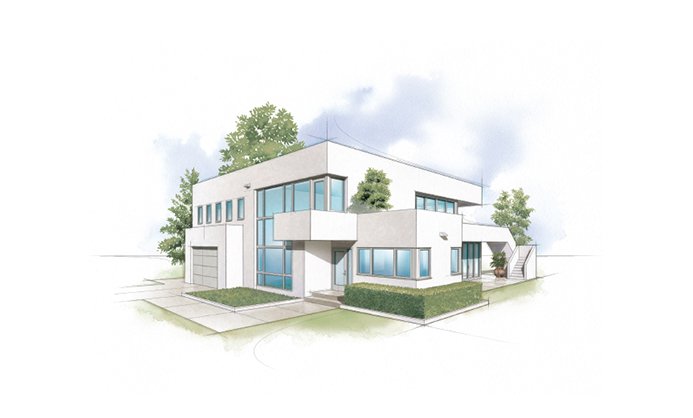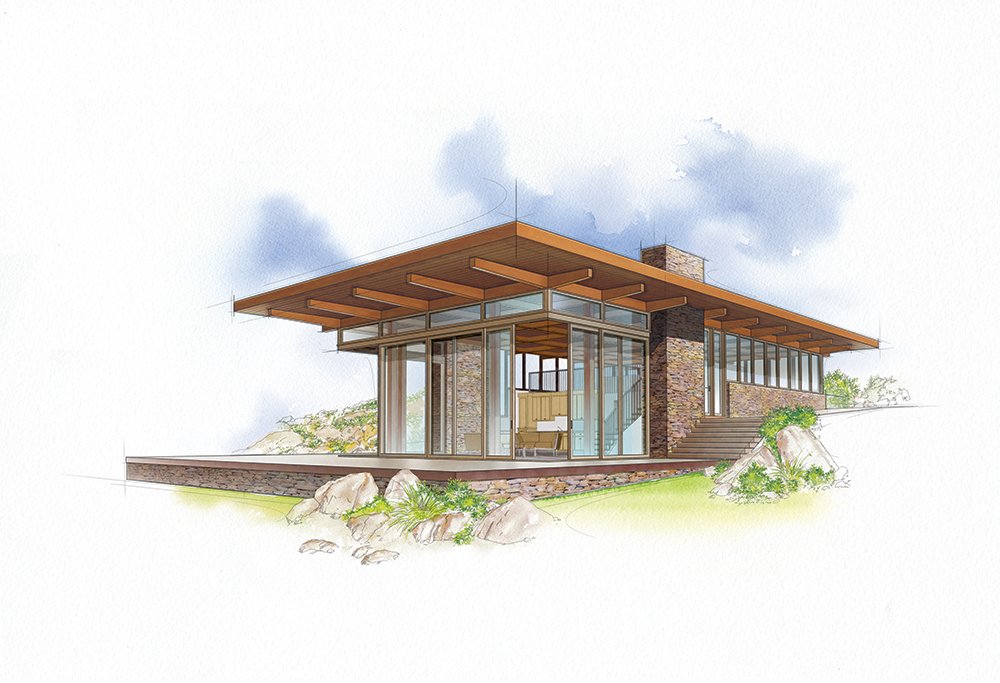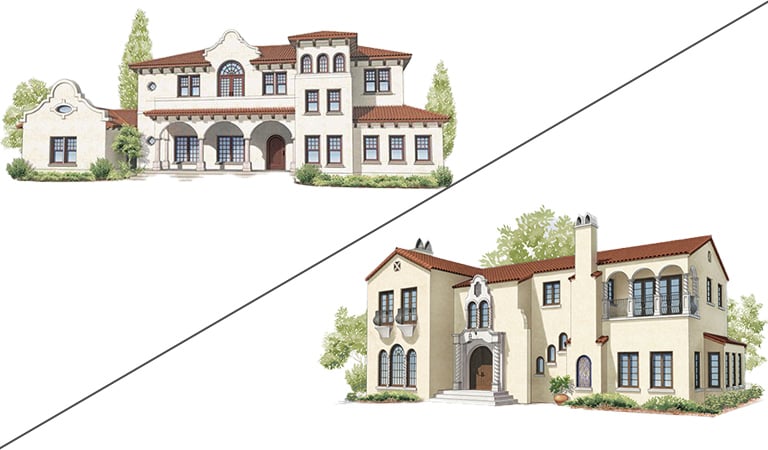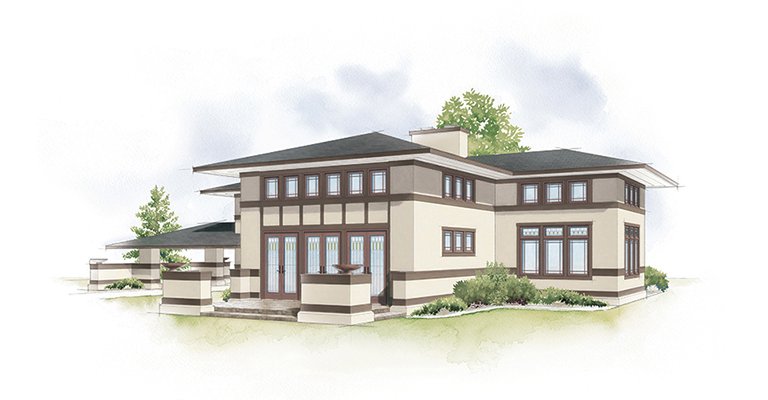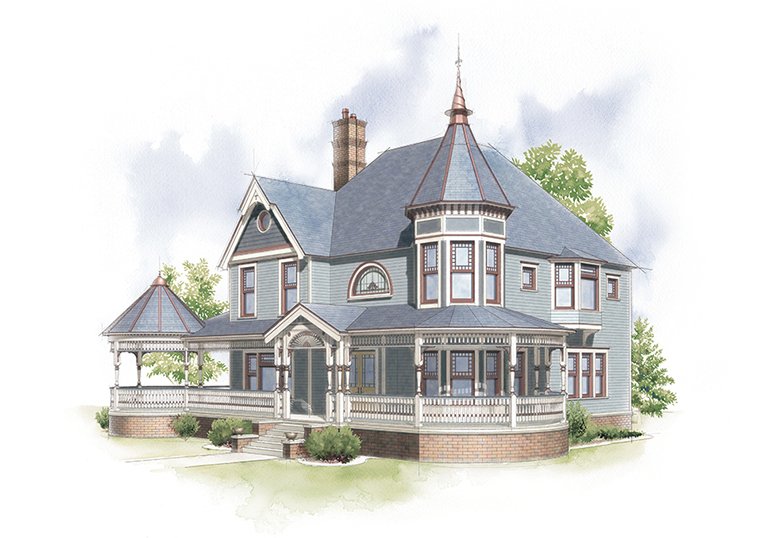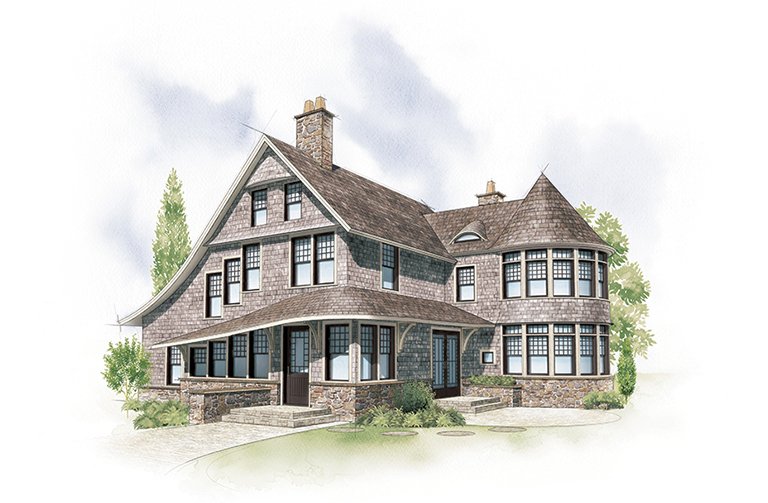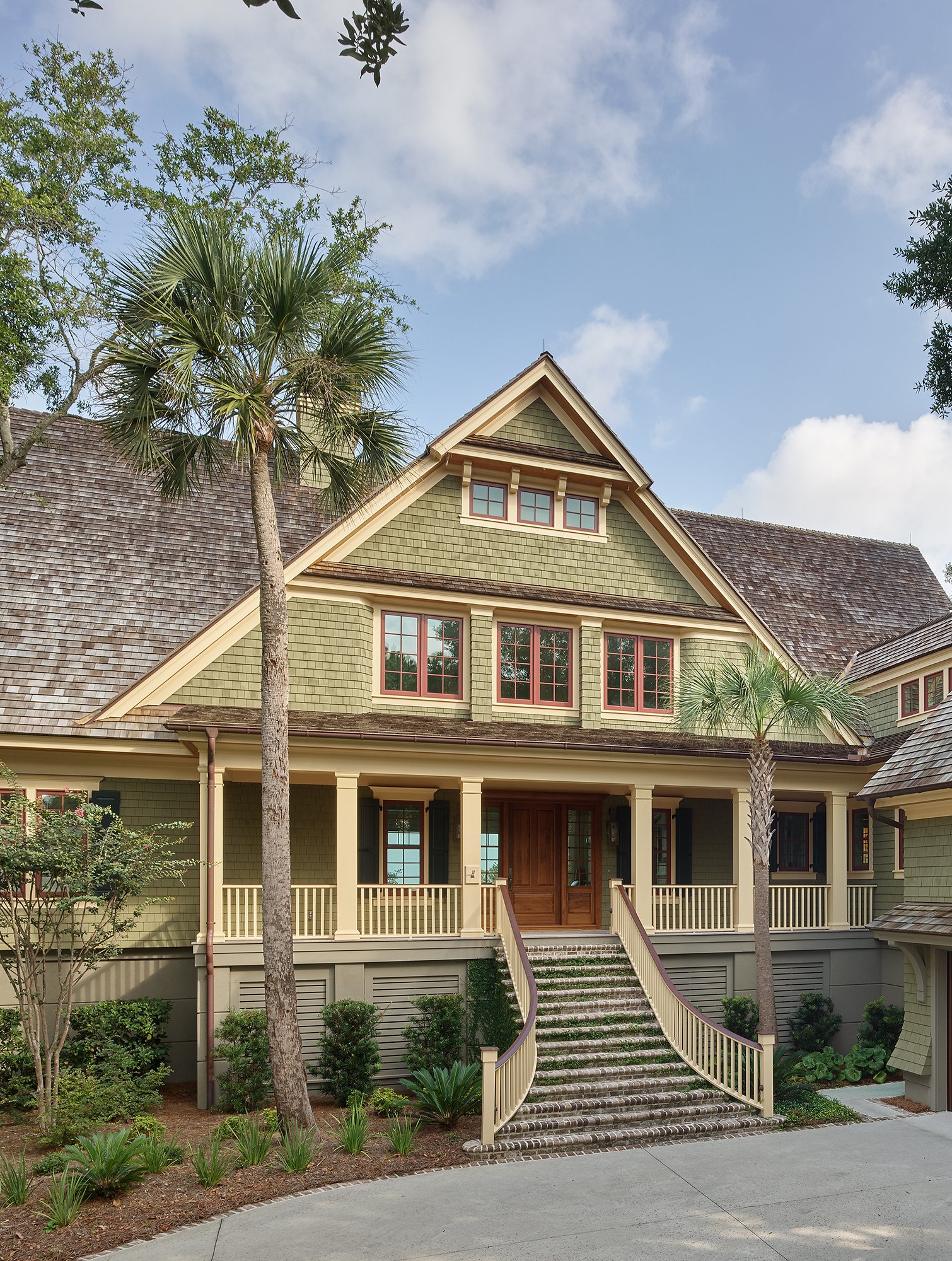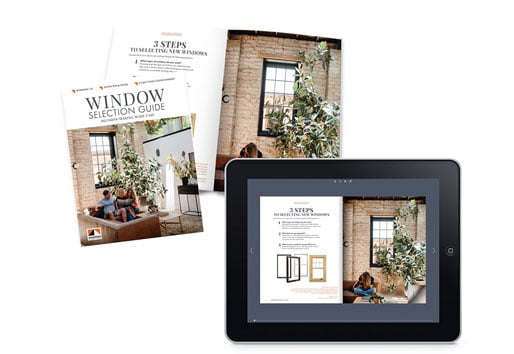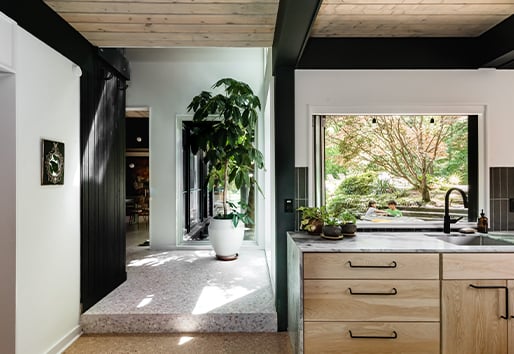
Home styles 101
Bring your style to life with windows and doors!
Whether you’re searching for the right windows and doors for your replacement project or your new construction home, this is the right place to start. We’ll explain the design impact windows and doors can have and help you make the right choices for your home style.
Find detailed selection guidance tailored to some of the most iconic American architectural styles. Plus, find out how to add a more contemporary spin to one of these styles. If you don’t know where to begin identifying your home’s style, we have tips that’ll help you start classifying it. Finally, gain insight into the way the fine details of window selection add up to a specific look. Ready to start making your dream home a reality?
Explore our Home Styles Library
Our Home Style Library explains the unique features and history of some of the most popular American architectural styles. Get detailed guidance on making the most authentic window and door selections for your home.
American Farmhouse | Cape Cod | Craftsman Bungalow | French Eclectic | Georgian / Federal | Industrial Modern | International Modern | Miesian Modern | Mission Revival | Prairie | Queen Anne | Shingle | Spanish Colonial Revival | Tudor
What's my home's style?
If you’re wondering how to tell what style your home is, a few basic details can steer you in the right direction.
- When was it built? Different styles were popular during different eras. Identifying vintage can give you a starting point.
- Where do you live? Certain styles reign supreme in certain locales. Sometimes, the style is unique to the place — architects call this the local vernacular.
- What shape is your roof? Some roofs are steep and feature details like dormers or even turrets, some have a lower pitch, and some are flat.
- How many stories is your home? The number of stories is often consistent across homes of a particular style.
- What shape is your home? Architects describe the shape, form, and size of a building as it’s “massing.” A simpler way to think about this could be its silhouette.
- Is it more ornate or more austere? Broadly speaking, ornate styles are more traditional and historic, while austere styles are more modern.
- What material(s) is it made from? This could have to do with what was available in the place where the style originated or how the style was interpreted locally.
- What types of windows and doors does it have? Generally, more traditional homes will feature more details while more modern homes will be stripped down.
It’s also common for homes to blend elements from multiple styles, so if your home doesn’t fit neatly into one category, that’s okay. Mixed architectural styles are common and can still guide your design decisions. Our Home Style Library can help you compare features and find the closest match.
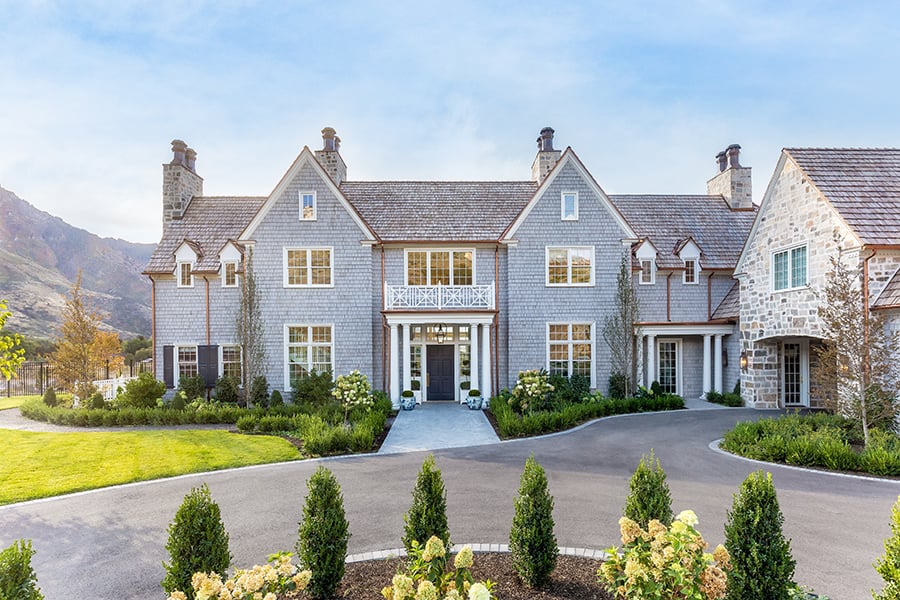
Traditional
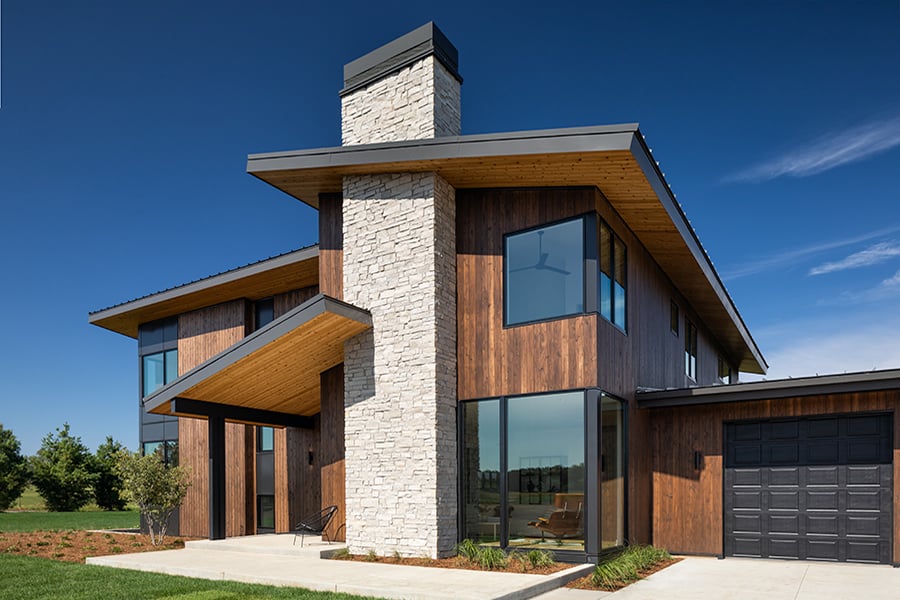
Modern
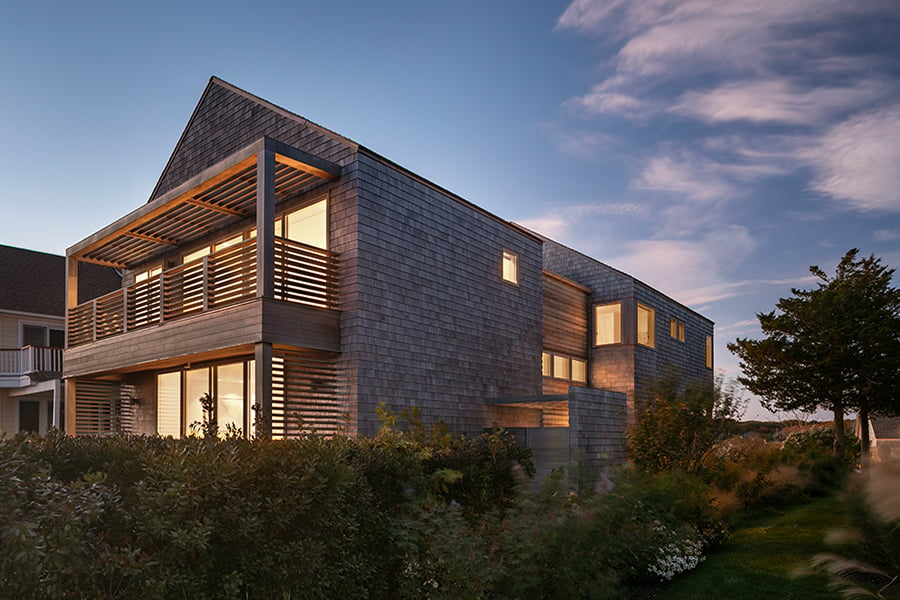
Transitional
Create a look with your window selections

Understanding selections: A modern Tudor explained
Every window selection in this home, from grille style to placement, works together to create a cohesive, eye-catching exterior. The result? A modern Tudor with timeless curb appeal!
- Bay and bow windows: The second-floor bay window pays homage to the Tudor tradition of asymmetrical design. Its 90-degree angles and black frames give it a contemporary edge, while the colonial grille pattern roots it in tradition.
- Proportions: The narrow, vertical windows on the side of the home reflect classic Tudor proportions, while the floor-to-ceiling picture windows add a modern, light-filled touch.
- Accessories and accents: Transom windows were added to the already very large picture windows on this Tudor to achieve the floor-to-ceiling look and maximize natural light and views of the outside.
- Grille patterns: Tudor houses are known for their decorative grilles. This modern Tudor features a classic colonial grille pattern.
- Color: The black windows seen on this Tudor are one of the most popular features of contemporary homes. A more traditional look might feature a dark brown or reddish-brown finish against a neutral stucco or stone exterior.
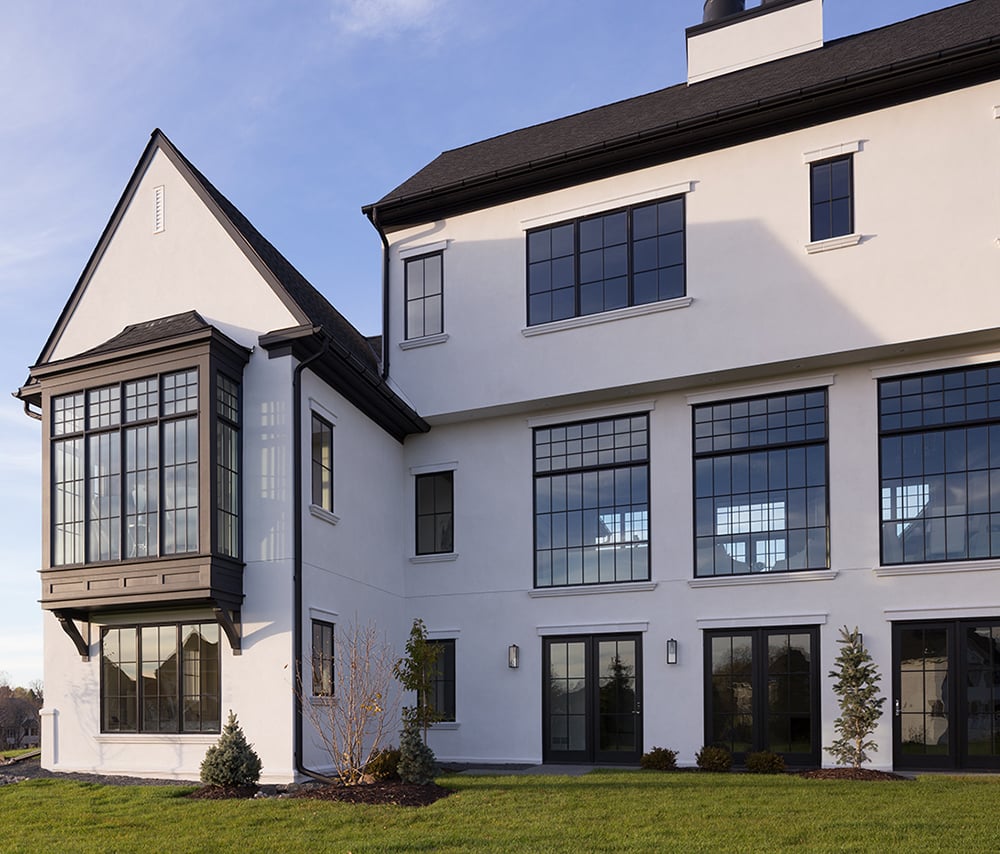
Let us help you get started
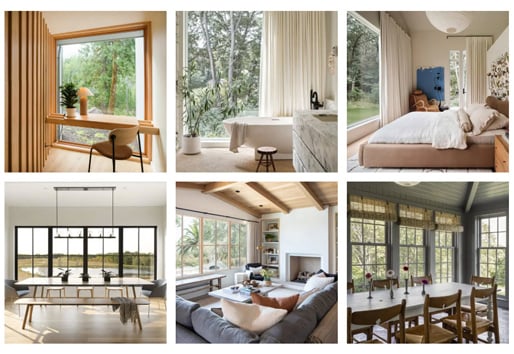
The best windows for every room
What makes a window ideal for a certain room? For starters, the window needs to suit the function of the space. It also needs to fit the aesthetics of your home. The best windows will unite form and function in a way that suits you — the way you want to live.

Connect with an Andersen Expert
Get personalized guidance from a knowledgeable Andersen representative—no pressure, just expert advice.

Find a Certified Contractor
Vetted, trained and backed by the industry leader, Certified Contractors have extensive window and door knowledge to make any project a success.
Find answers to your home style FAQs
What are the different architectural styles?
Some of the most popular American home styles seen today include Cape Cod, Ranch, Craftsman, Mid-Century Modern, Tudor, Farmhouse, and various Spanish styles. Our Home Style Library explores the nuances of the different styles, helping you understand their defining characteristics, like roof shape, window placement, and exterior materials. Architecture continues to evolve, and many homes blend elements from different styles.
What's the most popular house style?
It’s difficult to identify what the single most popular house style is, because preferences vary by region and era. That said, some of the most common in America are the Ranch, Cape Cod, various Modern styles, and Craftsman.
Region matters — for example, Spanish-style homes are more popular where they originated in the southwest. You won’t find many suburban Ranch homes in New York City, despite them being one of the more common American styles, because it doesn’t make sense for the area.
Additionally, what is considered “popular” shifts based on design trends. For example, Modern Farmhouse and Mid-Century Modern styles have seen a resurgence in recent years.
Learn about the latest home design trends.
What are modern-style homes called?
Modern home styles often fall under the umbrella of “Mid-Century Modern,” which was a design movement from the mid-20th century featuring clean lines, open floor plans, and large expanses of glass. “Modern” can also refer to any home with newer architectural features like expansive glass or Scandinavian minimalist traits. Some specific types of modern home styles are Miesian Modern and International Modern . You could also find hybrid styles like Modern Farmhouse or Modern Tudor that blend traditional architectural elements with modern finishes and layouts.
What architectural style is timeless?
A timeless style is one that feels enduring, adaptable, and appealing regardless of changing trends. Depending on when an area developed, there might be more of a certain style home in that location, and that style might blend better. A timeless home is ultimately one that fits into its surroundings and reflects thoughtful design that will stand the test of time, whether it's traditional, modern, or transitional.
What style of windows do I have in my house?
If you’re wondering what style of windows you have in your home, start by looking at how they open. This is typically the easiest way to understand window style. For example, windows that slide up to open might be double-hung or single-hung windows. You can also look at the window’s orientation. For example, both awning and casement windows crank to open but casement windows are vertically oriented and open from the side whereas awnings are horizontally oriented and open from the bottom. If your window doesn’t open at all, it’s a picture window. Find out about all the styles of windows.
We actually use the term “type” to describe what’s commonly called “style.” So double-hung, single-hung, casement, awning, bay, bow, picture, specialty, gliding, and pass-through are the types of windows we manufacture. We use “style” to describe the look of a window. For example, your selections can help a window lean more traditional, modern, or transitional (a mix of traditional and modern).
To determine the style of windows you have in your house, look at the design features and how they complement your home’s architecture. Traditional windows often feature wider frames, grilles, and decorative trim. Modern windows tend to have narrow frames, no grilles, and minimal detailing. If you’re unsure, compare your windows to examples in our Home Style Library to find the closest match.

